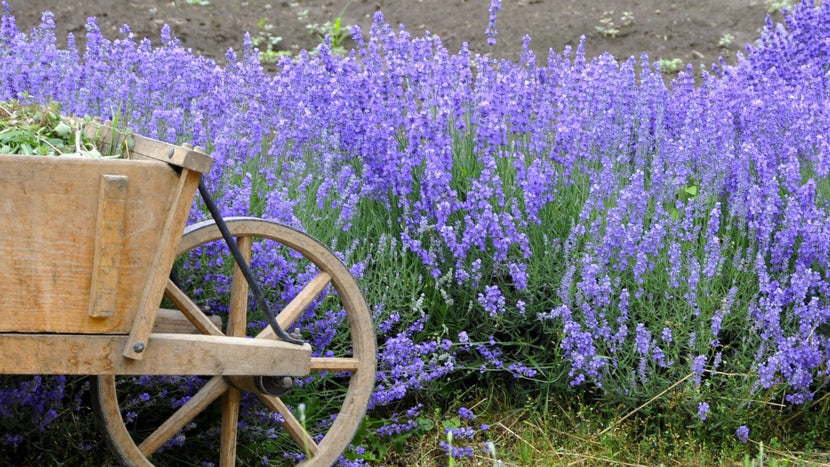How to Plant and Care for Lavender
Plant Guide

Lavender is beloved not only as a beautiful addition to your garden, but also for its medicinal properties. Most of all, lavender is beloved for its fragrance, most of all maybe the Lavender Grosso and thankfully, with the right knowledge, it is extremely easy to grow!
Where Can I Plant My Lavender?
This perennial is native to the Mediterranean region and is a superior plant for dryish slopes and banks. Lavender is also rugged enough for rock gardens when they are in warm climates. Because this perennial has similar requirements as western natives, it is suitable for wild gardens in dry climates. It is also suited for traditional mixed borders with other perennials and flowering shrubs. Big Time Blue is a compact growing Lavender cultivar and can go in large pots and be used as container plants as long as it is in well-draining potting soil.
Ground Rules
Light
Lavender perennials thrive best when they are grown in full sunlight. We recommend planting them in an area of your garden or landscape that receives at least 6 to 8 hours of sun a day, preferably more. Because these perennials love to be in full sun, they are also drought-tolerant. Although they are tolerant to dry conditions, these plants enjoy air circulation, so try not to crowd them. You will be amazed by this plant's movement, and your plant will be happy too!
Water
Lavender perennials require low usage of water to thrive. We suggest watering your plant one to two times each month throughout the spring to the mid-fall. This is their growing season and when they will require a consistent watering schedule. Your Lavender perennials enjoy drying out between watering and rarely need water during their growth dormancy period. While you are establishing your plants, they should receive a thorough watering throughout the hot summer months.
Soil
We recommend growing your Lavender perennials in average, dry to medium, well-draining soil. These perennials also prefer to be in alkaline soil conditions. Well-draining soil is essential because root rot is a common disease that will cause your plant to die if it is not taken care of quickly. Lavender can be difficult to grow in the far north area of the country, mainly because of winter stresses and high summer humidity. If you have light, sandy soil with somewhat low fertility, this is the perfect soil for your plants to thrive.
Food
When you are planting your Lavender plants, be sure to mix in a couple of inches of compost prior, especially if soil conditions are poor. When you are fertilizing your plants, be sure to do so only once a year to ensure optimal growth and vibrant flowers. We suggest fertilizing your Lavender during the fall with 2-1-1 alkalizing plant food. It is essential not to over-fertilize your Lavender perennials because this could decrease the beautiful fragrance of their flowers.
